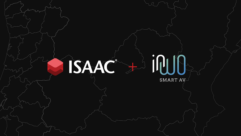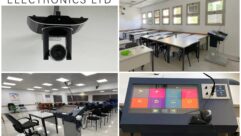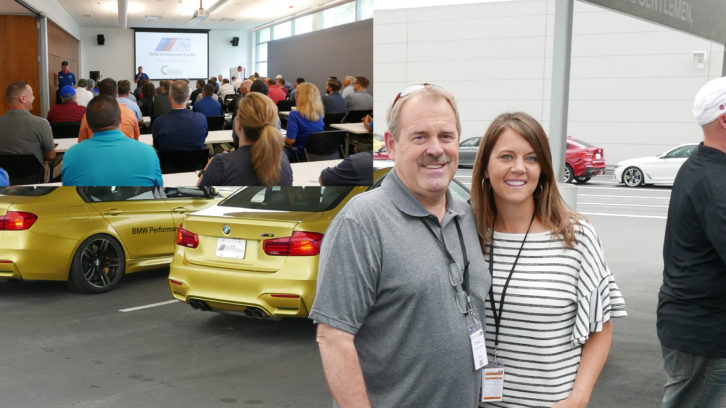
Two big industry trends were top of my mind, as my plane touched down in South Carolina last week to attend the Synnex Strategic Partner Summit in Greenville, that took place May 16-18. And as the Summit progressed–hosted by the big AV distributor Synnex with hundreds of attendees from the AV integrator and reseller community– the trends came to the foreground in interesting and some unexpected ways.
The first trend is a big one. And it’s been building for several years. The thinking “on the street” in the AV world is that the big product manufacturers today don’t want to always carry so much inventory themselves, do all the product support, and training, themselves. For a variety of reasons based on both marketing/logistics and tech trends, the role of the product manufacturers– at least the biggest manufacturers– has changed. So the prominent Distributors in the AV space now often fill more of the role of both getting the product distributed efficiently and acting as product support and even training support. It seems to have been a natural evolution of roles, and ostensibly a sign that the AV market has matured beyond its formative years: product manufacturers can focus more on what they do best– creating new products, and marketing at the higher levels; and distributors do what they’re great at– inventory, the logistics of fulfillment, and product support. A more efficient division of labor in a still-booming market that lets each party leverage their core strengths. (Apologies for that last phrase– that adorns 84% of all press releases in every industry. Sometimes it really is true.)
The second trend top of my mind was– well, the same as pretty much every attendee at the Synnex Summit: the push to the upcoming InfoComm show in June. So the Summit is, annually, simultaneously a kind of primer for InfoComm and also a nice, more laid-back chance to do more no-stress networking and informal brainstorming than is possible at a crazy-busy major trade show.
And all of that came into play last week, in meetings informal and formal, networking, and a variety of sessions and activities.
And, it must be said, a third trend emerged at the Summit– a good number of attendees’ evaluation of and attempts to improve their YOY stats on the BMW Performance Driving track in nearby Spartanburg– that was part of the Summit activities.
With Synnex and a variety of their product vendors offering up informational sessions, product demos, and seminars at the Summit, the event did indeed offer a sneak peek at the InfoComm landscape we’ll all see next month. But with more in-depth explanation– from Synnex particularly– on the business side of getting product to the field. Synnex hosted session on Renewals and Marketing Services, Pre-Sales and Field Services, and Public Sector and Government Contracts, among others.
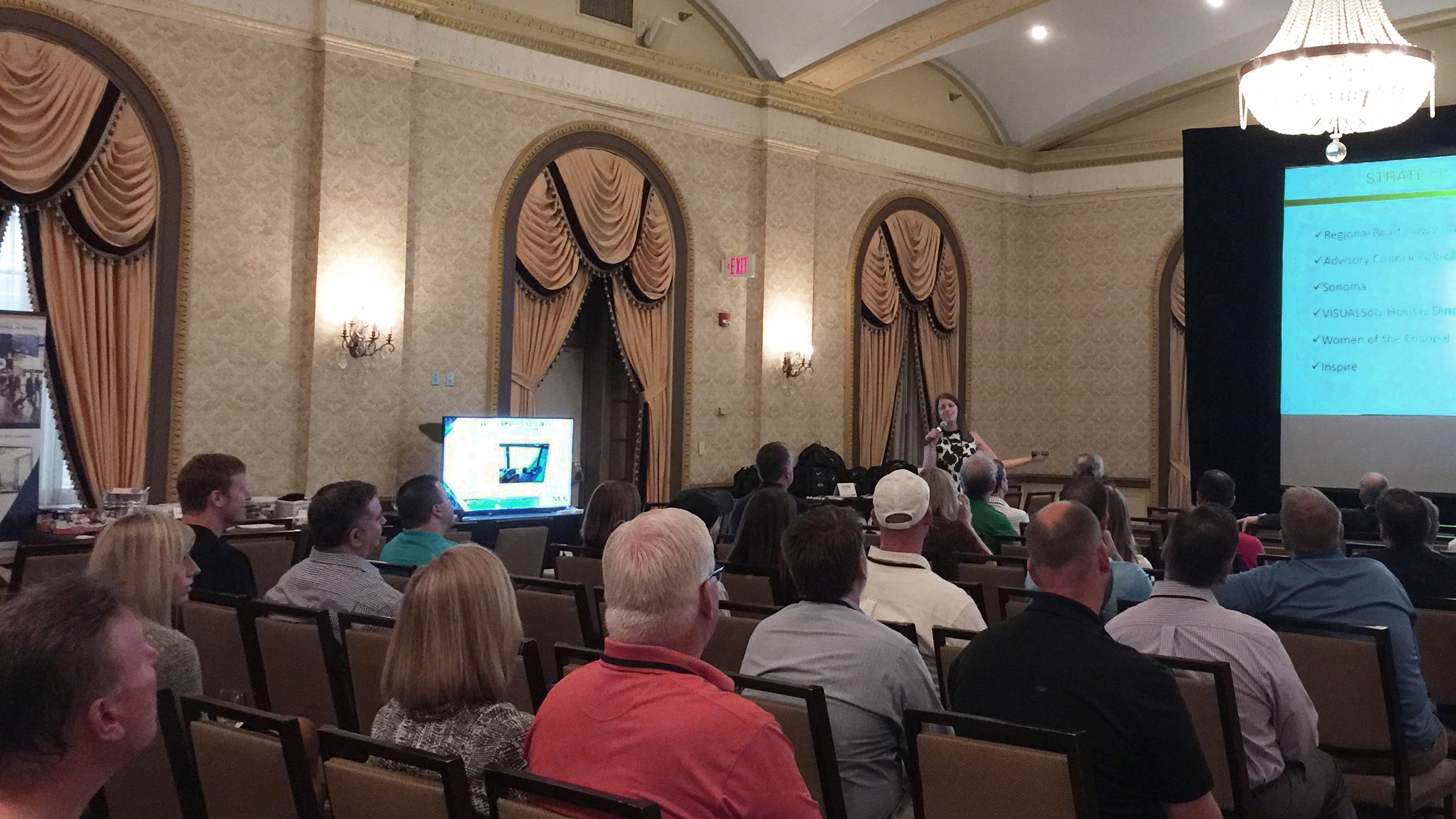
When Synnex bought Westcon-Comstor last year, they added a huge amount of support services– all now leveraged for Synnex customers, in the form the company’s CLOUDSolv, MOBILITYSolv, RENEWSolv, ECExpress, and GOVSolv platforms. All of that on top of the 8 millions orders shipped last year (2.5M bundles).
“The scale of Synnex that gives us the advantage in fulfilling orders, that’s table stakes,” said Sandi Stambaugh, vice president, product management. “In today’s market, it’s more than that, that integrators and resellers need to succeed. It’s also about data, and software platforms that help them not just fulfill orders but better understand their marketing. Many mid-size integrators don’t have the bandwidth to do their own data analysis– from simple things like knowing who they sold to/how much three years ago, to more complex tasks like creating heat maps of their market to strategize better.”
Not without reason that CRN named Sandi Stambaugh to its prestigious “2018 Women of the Channel, Power 100” list, just last week. And Stambaugh was a key driver in the company’s newly-launched Advisory Council, for which they have invited top thought leaders from the integrator and vendor community to more formally give and get advice on navigating the new “coopetition” in today’s markets between AV, telephony, security, and IT. The alignment of the market around IT and AV is of key concern here.

And on the theme of industry movers and shakers, there could not have been a more telling presence at the Summit last week than that of Chuck Wilson, executive director of the NSCA. Wilson needs little introduction to anyone reading this. He’s an AV industry association head that knows more about industry trends than anyone I know. He’s in the trenches, daily, helping his member companies (integrators) navigate a changing world.
“So many of our members are here at the Summit,” said Wilson. “It’s a great opportunity, away from a big trade show, and the stress of that, to both talk business, market challenges, and to unwind and have candid conversations. And the relationship with Synnex is vital– for our members. They are one of our very valued channel, supply chain partners. They understand the IP environment, cybersecurity issues, and more. Our integrator members love them because they, well, almost act as a consultant to the integrators in a changing landscape, in a way that compliments what we do.”
Jake Ortiz, VP at AVEX, a systems integrator based in Houston, was at the Summit last week as a kind of prep for InfoComm. To both network and pick some great brains on the most intriguing developments in AV. “This is a great place to talk, and get ideas for InfoComm, where I’ll be looking at some of the newer technology in the video wall market. We do a lot of K-12, and a lot of Higher Ed. And the Oil and Gas market is good now. I’ll be looking at Higher Ed: more interactive monitors also. And from Synnex, their tools, like for bid work, makes it easier for us, rather than having to chase every product manufacturer individually.”
Clark Brown, vice president of sales at LG was on hand with at the LG tabletop booth. “The value of this Summit is tremendous,” said Brown. “It’s all integrators, and resellers.”
LG was showing its new Cisco room kit. LG is the preferred display vendor for the Cisco collaboration division. LG and Cisco created firmware connectivity, to make starting a video conference easier.
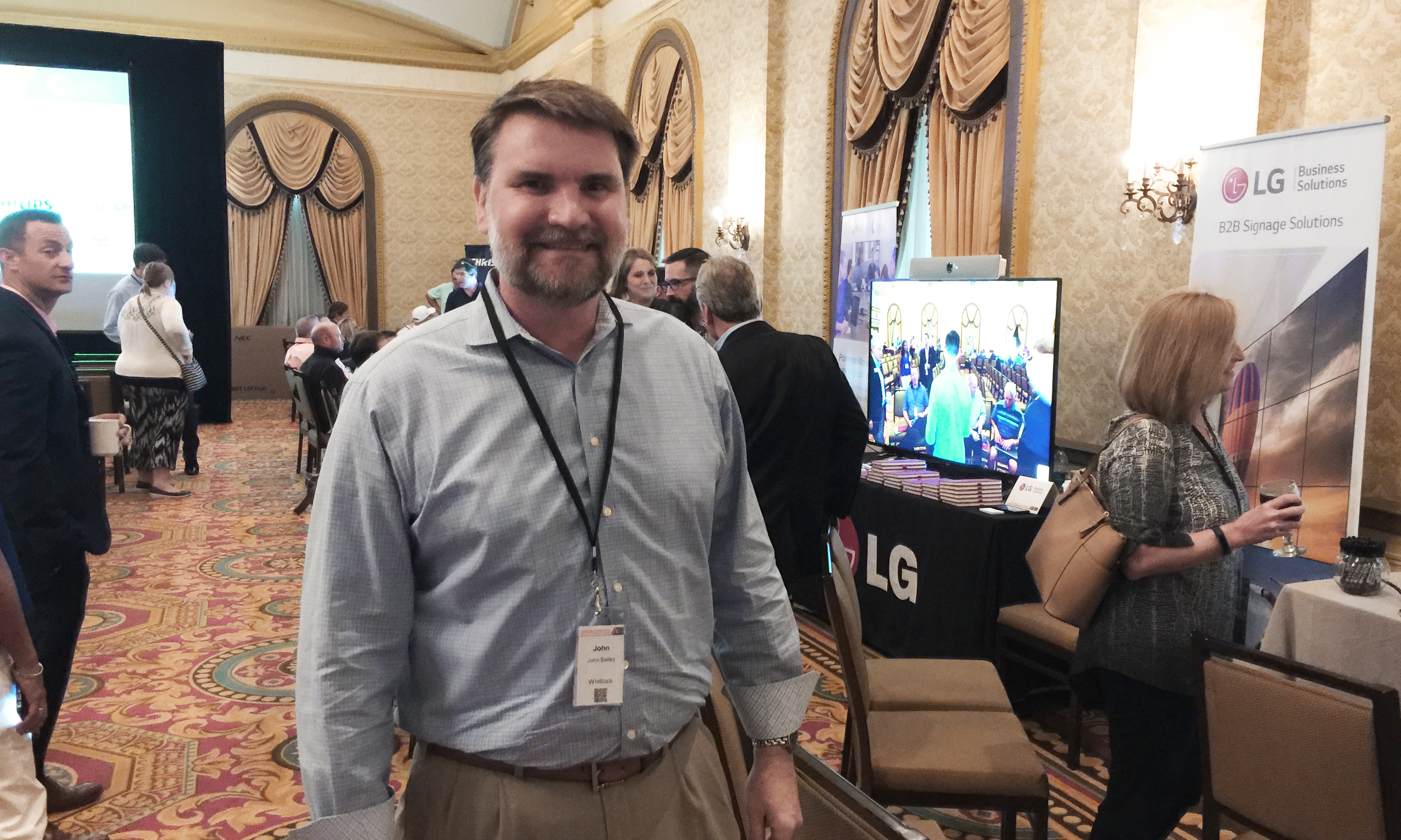
Another integrator I caught up with at the Summit was John Bailey, vice president, technology, at Whitlock– who according to his bio is “an integral driving force for new technology adoption at Whitlock,” for collaboration technology and modern workplace strategies. Catching him, wasn’t easy– he was a fast-moving target. On Friday, Sandi Stambaugh gave a shout-out to the group to Bailey, who clocked the fastest time in the timed event at the BMW Performance Driving track on Thursday. By chance I happened to be a passenger in the BMW piloted by the integrator that got the second-fastest time in that same event, Stewart Allen, president of Allen Visual Systems. Anyone who thinks the day at the BMW track hosted by Synnex as part of the Summit is a tourist diversion featuring a few semi-thrilling turns around a track– think again. Stewart’s runner up speeds and cornering had me praying for the track gods’ mercy while being tossed around the passenger seat like a rag doll.
I can only image what a ride in Bailey’s car was like. “Driving force,” indeed.
The day at the track at the Summit–like the AV business world, is not for the squeamish. Tough, analytical work– but providing valuable lessons in speed, maintaining nerves of steel, course management, and control that can translate to any business challenge before, during, or after InfoComm.



